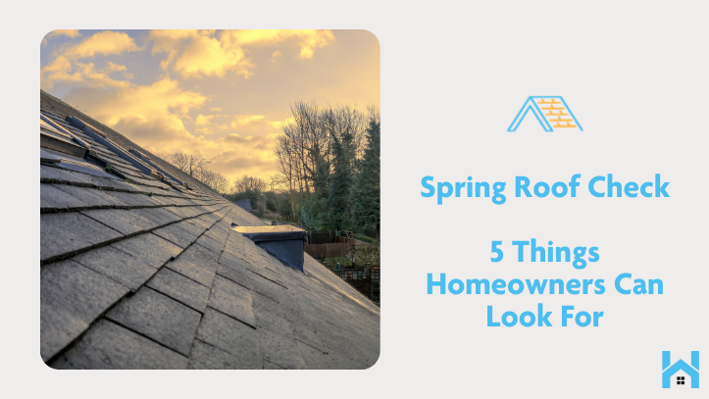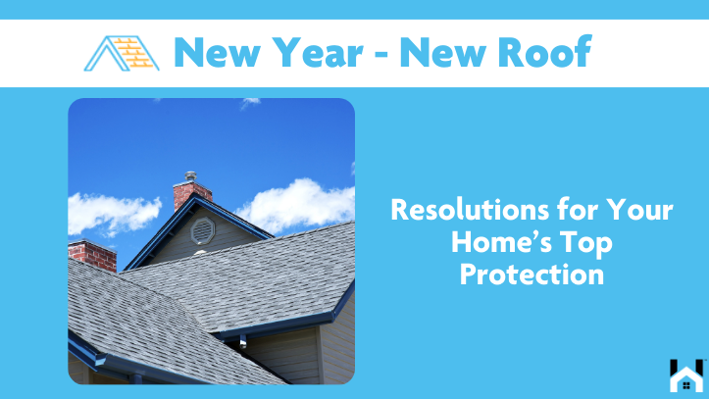What is Hail Damage and Hailstorm Impact?
.jpg_00.jpeg)
Hail damage refers to the physical harm caused to roofs and other areas of a home due to the impact of hailstones, which can vary significantly in size. These ice pellets can create serious problems, particularly after severe weather storms, impacting the roof lifespan and requiring hail repair services, and can lead to expensive repairs if not handled quickly.
It’s important for homeowners to understand hail damage, as it can impact roofing materials like asphalt shingles and fiberglass shingles, affect the structural integrity of the home, and ultimately, the property value. Regular inspections and maintenance tips can play a crucial role in reducing the risks associated with hail damage and in preserving the protective features of the home.
Definition and Causes
.jpg_01.jpeg)
Hail damage occurs when hailstones descend during thunderstorms and strike roofing materials like metal roofs, resulting in varying degrees of impact that can compromise the structural integrity of the roof.
These hailstones develop within cumulonimbus clouds, where updrafts transport moisture high into the atmosphere to temperatures low enough to freeze water droplets. As these droplets collide and freeze, they accumulate layers of ice, ultimately falling to the ground once they become too heavy for the updrafts to support.
Typically, severe weather patterns, such as strong thunderstorms combined with warm, humid conditions, lead to hailstorms, particularly in areas that are prone to unstable air masses.
When discussing roofing, materials like asphalt shingles, wood, and thin metals are particularly susceptible to hail damage. Property owners should remain vigilant about risk factors such as their location and weather history.
They should also consider repair options, such as replacing damaged shingles or installing impact-resistant products, as effective mitigation strategies to protect their roofs against future storms.
Signs of Hail Damage on Your Roof
.jpg_10.jpeg)
Identifying the signs of hail damage on your roof is essential for ensuring timely repairs and maintaining the safety of your home. Homeowners should be attentive to various visual indicators that could suggest potential issues following a hailstorm.
Common signs to look for include:
- Granule loss on shingles
- Visible impact marks
- Water stains on ceilings or walls, which may indicate underlying water leaks
Regular roof inspections, especially after severe weather, facilitate early detection of damage and can help prevent costly repairs down the line.
Visual Indicators and Warning Signs
.jpg_11.jpeg)
Visual indicators of hail damage can include noticeable surface damage to roofing materials, such as missing granules from shingles, which may ultimately lead to leaks and further deterioration.
Homeowners should remain vigilant for specific visual cues that could indicate underlying issues. For example, dents in metal roofs may suggest significant impacts from hail, potentially resulting in punctures or compromising the roof's structural integrity.
Signs of ceiling leaks, such as water stains or discoloration, can indicate that the damage has extended beyond the roof and into the interior of the home. It is essential to address these issues promptly to maintain roofing safety and prevent costly emergency repairs, ensuring roof longevity and maintaining home safety.
Evaluating damage in a timely manner not only helps preserve the home’s value but also ensures a safe living environment for everyone inside.
Steps to Take After Hail Damage and Storm Damage
After experiencing hail damage, it is essential to take prompt action to assess and document the extent of the damage for insurance claims and repair purposes, using a comprehensive inspection checklist.
Start with a comprehensive evaluation of your roof, searching for visible signs of damage and taking photographs for documentation. It is also advisable to contact your insurance provider as soon as possible, as this can help streamline the claims process and ensure you receive the financial assistance you need for repairs.
Additionally, engaging professional roofing services can be beneficial for carrying out repairs or roof replacement with hail-resistant materials as necessary, thereby protecting your home's longevity and structural integrity.
Assessing and Documenting Damage
Assessing and documenting hail damage requires a systematic approach to evaluate the condition of the roof and record any visible signs of trouble, including debris removal after seasonal storms.
To begin, conduct a thorough visual inspection of the entire property, paying special attention to the roof, gutters, siding, and windows. It's important to document any visible damage with photographs, capturing both close-ups and wider shots for context.
Using tools like a ladder for roof access and a measuring tape to gauge the extent of the damage can be very helpful. Collaboration with an insurance adjuster is also crucial during this process; they can assist in interpreting insurance policies related to coverage for hail damage and provide valuable guidance on filing a claim.
Finally, gathering reviews and estimates from reputable contractors can be instrumental in assessing repair costs and ensuring a fair evaluation of the damages incurred.
Repair and Insurance Considerations and Home Insurance Coverage
When considering roof repair following hail damage, homeowners should take the time to evaluate their options, including repair strategies, which includes assessing potential costs, the timeframe for repairs, and any available insurance coverage.
Along with determining whether a roof repair will suffice or if a complete replacement is necessary, it is essential to understand the specifics of roofing warranties, as these can significantly impact long-term maintenance. Homeowners should also become familiar with the process of filing insurance claims, as timely notifications to insurers can greatly influence compensation outcomes. Furthermore, there may be financial assistance programs available to help offset repair costs, facilitating a quicker recovery.
When negotiating with insurance companies, it is advantageous for homeowners to meticulously document all damage and clearly communicate their responsibilities. This approach ensures they receive the maximum benefits from their policies.




